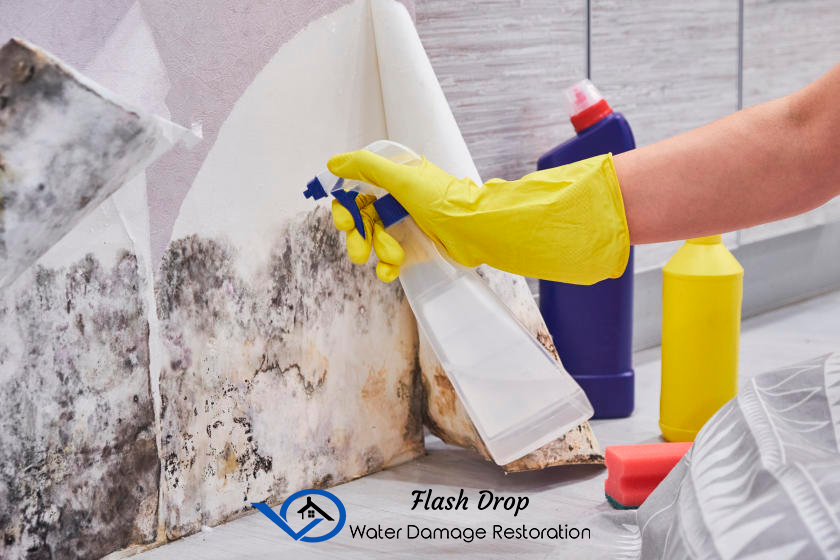The Role of Ventilation in Mould Prevention and Removal
Mould growth is a common issue in homes, and can cause serious health problems for occupants if left untreated. One important factor in preventing and removing mould is proper ventilation. In this article, we'll explore the role of ventilation in mould prevention and removal, and provide some tips for keeping your home mould-free.
First, it's important to understand how mould grows. Mould thrives in warm, humid environments, and can grow quickly if the conditions are right. Common areas for mould growth include bathrooms, kitchens, and basements, as these spaces tend to be more damp than others. Poor ventilation can exacerbate the problem by trapping moisture in the air, providing the ideal environment for mould spores to take hold.
Proper ventilation can help to prevent mould growth by reducing the amount of moisture in the air. There are a few different types of ventilation that can be used to accomplish this:
Natural ventilation: This type of ventilation relies on air flow from open windows or doors, or through vents in the roof or walls. While natural ventilation is free and effective, it may not be sufficient in all situations, especially in areas with high humidity.
Mechanical ventilation: Mechanical ventilation involves the use of fans or other equipment to circulate air and remove moisture. This type of ventilation is often used in bathrooms and kitchens, and can be very effective in reducing mould growth.
Whole-house ventilation: This type of ventilation involves the use of a system that circulates air throughout the entire house, and can be especially effective in preventing mould growth in areas that are prone to high humidity.
In addition to preventing mould growth, proper ventilation is also important in removing mould once it has taken hold. When mould is present, it can release spores into the air that can be harmful to your health. Proper ventilation can help to remove these spores and improve the air quality in your home.
If you do discover mould in your home, it's important to address the problem as quickly as possible. In addition to proper ventilation, there are a few other steps you can take to remove mould and prevent it from coming back:
Use a mould-killing solution: There are a variety of products available that can kill mould and prevent it from regrowing. Look for a solution that is specifically designed for use on mould, and follow the instructions carefully.
Remove any damaged materials: If mould has grown on porous materials like drywall or carpet, it may be necessary to remove and replace these materials in order to fully eliminate the mould.
Address the underlying cause: In order to prevent mould from coming back, it's important to address the underlying cause of the problem. This may involve repairing leaks or improving ventilation in damp areas.
In summary, proper ventilation is an essential factor in preventing and removing mould in your home. By using natural or mechanical ventilation, or a whole-house ventilation system, you can reduce the amount of moisture in the air and create an environment that is less hospitable to mould growth. If you do discover mould in your home, be sure to address the problem promptly and take steps to prevent it from coming back in the future. With the right approach, you can keep your home mould-free and protect the health of you and your family.
Find Flash Drop Water Damage Restoration & Mold Removal
Flash Drop Water Damage Restoration & Mold Removal 16602 Barneston St, Granada Hills, CA 91344 7GM4+PP Granada Hills, Los Angeles, CA 1 (818) 572 4070



.jpg)
Comments
Post a Comment